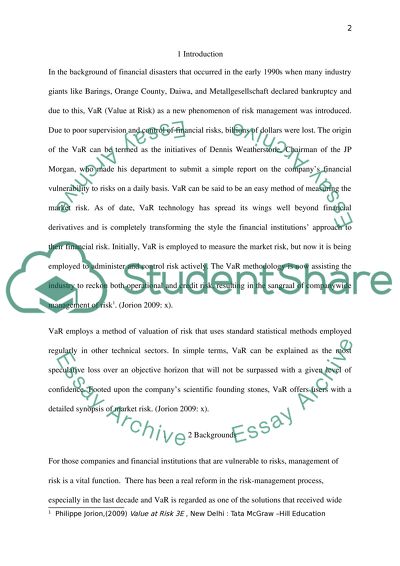Cite this document
(“Explain the VaR framework and its utility in Risk Management Essay”, n.d.)
Retrieved from https://studentshare.org/finance-accounting/1398544-financial-risk-management
Retrieved from https://studentshare.org/finance-accounting/1398544-financial-risk-management
(Explain the VaR Framework and Its Utility in Risk Management Essay)
https://studentshare.org/finance-accounting/1398544-financial-risk-management.
https://studentshare.org/finance-accounting/1398544-financial-risk-management.
“Explain the VaR Framework and Its Utility in Risk Management Essay”, n.d. https://studentshare.org/finance-accounting/1398544-financial-risk-management.


